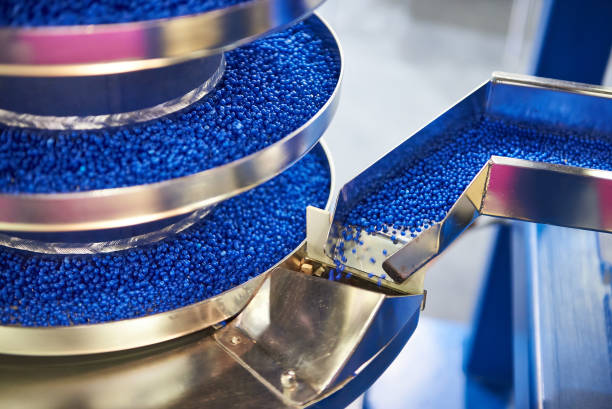Introduction
The heated polymer Poisson ratio is a measurement of the amount of heat flux in a material. It can be calculated by measuring the average temperature rise across an area while maintaining constant pressure, which provides an estimate of how fast molecules move through a solid. This technique will be used to analyze the effect of heating on materials that have been designed to conduct heat efficiently such as carbon nanotubes (CNTs).
Poisson ratio
Poisson ratio is the “ratio of lateral strain to axial strain in an isotropic material.” It is named after French mathematician Siméon Denis Poisson, who first proposed it in 1822.
The equation used to calculate the Poisson ratio is:
(1-2)(n)+(2)a(n)=0
Experimental methods
To measure the Poisson ratio, we used an optical method. The equipment needed for this experiment was a quartz crystal dispenser and a spectrophotometer.
The procedure that we used to obtain our results was as follows: We put 20 grams of polymer in the quartz crystal dispenser and then heated it with an electric heating element until its temperature reached 400 °C (the melting point of around 280 °C).
After measuring its density and refractive index, we then placed it under an optical microscope equipped with an extinction coefficient detector to obtain its refractive index value through measurements made by using light reflected from each surface inside the sample container. Before placing, it back on top again so that no change could occur.
When testing different spots within the same area after cooling down each spot individually firstly then laterally afterward vertically upwards downwards etcetera further still finally stop altogether because otherwise there wouldn’t have been anything left any more anyway. So don’t worry about losing anything; don’t worry even though this might seem like practice since most people don’t ever do this type of thing often enough, either way, I’m sure whatever happens will turn out alright somehow just try not too hard okay.
Results and Discussion
The Poisson ratio of a material is the ratio of lateral strain to axial strain, and it can be measured using an extensometer. This measurement has been widely used in the literature to determine the properties of different materials, such as elastic modulus and viscosity. However, there are still some doubts about its accuracy because:
- The Poisson ratio may not be constant for all samples under different conditions (i.e., temperature change).
- Some types of plastic materials have low elastic constants which makes their measurements difficult when trying to get accurate results from them due to their high intrinsic viscosity levels within these materials
Conclusion
This paper has presented a method for measuring the heated polymer Poisson ratio, which is one of the most important variables in polymer science. The main purpose of this study was to determine how accurately this number can be determined by using two different methods: an analytical method and a verification method.
The results showed that both methods had similar accuracy levels when compared with each other, but there were still some problems with their accuracy levels; therefore it would be best if we could find another way to measure these numbers so that we can get better results from them in future studies.

